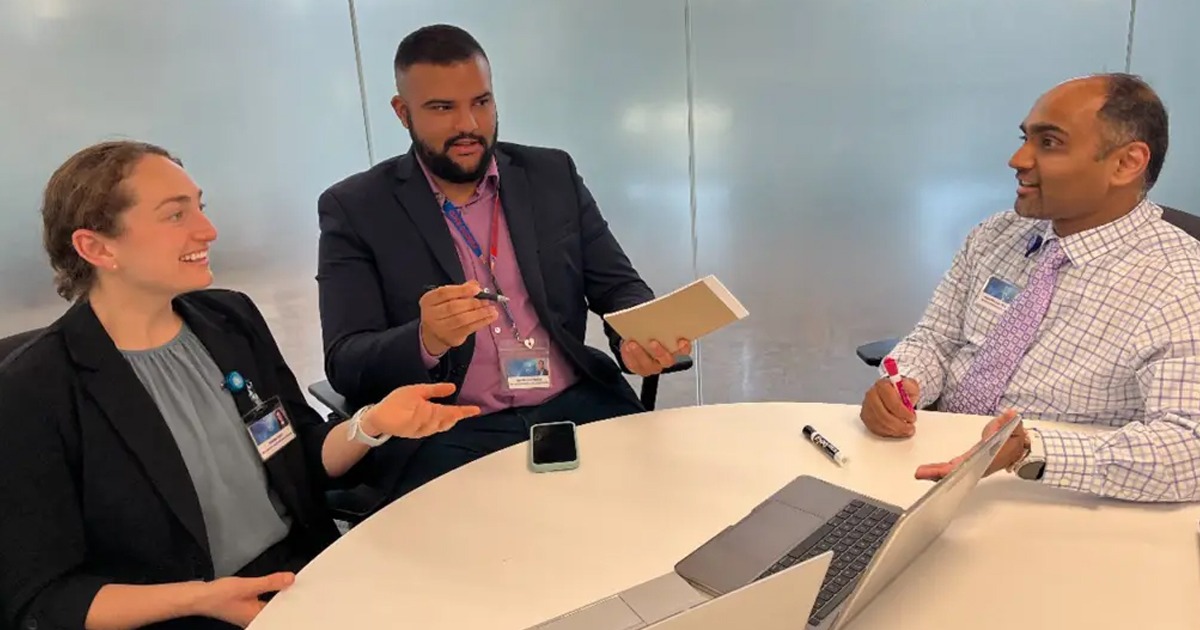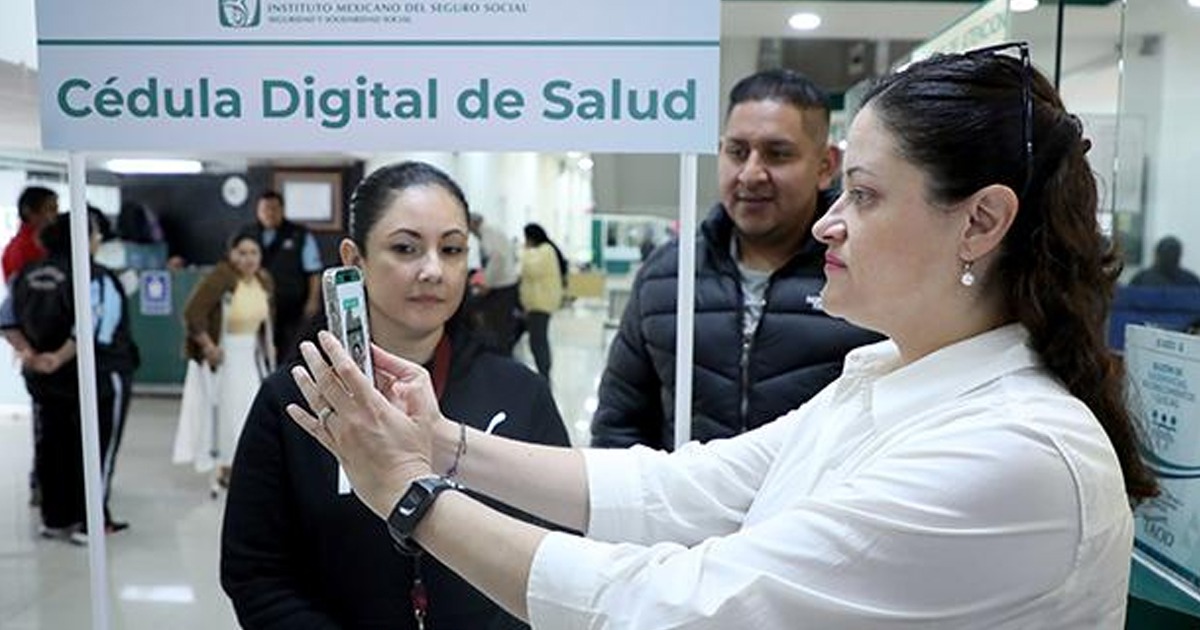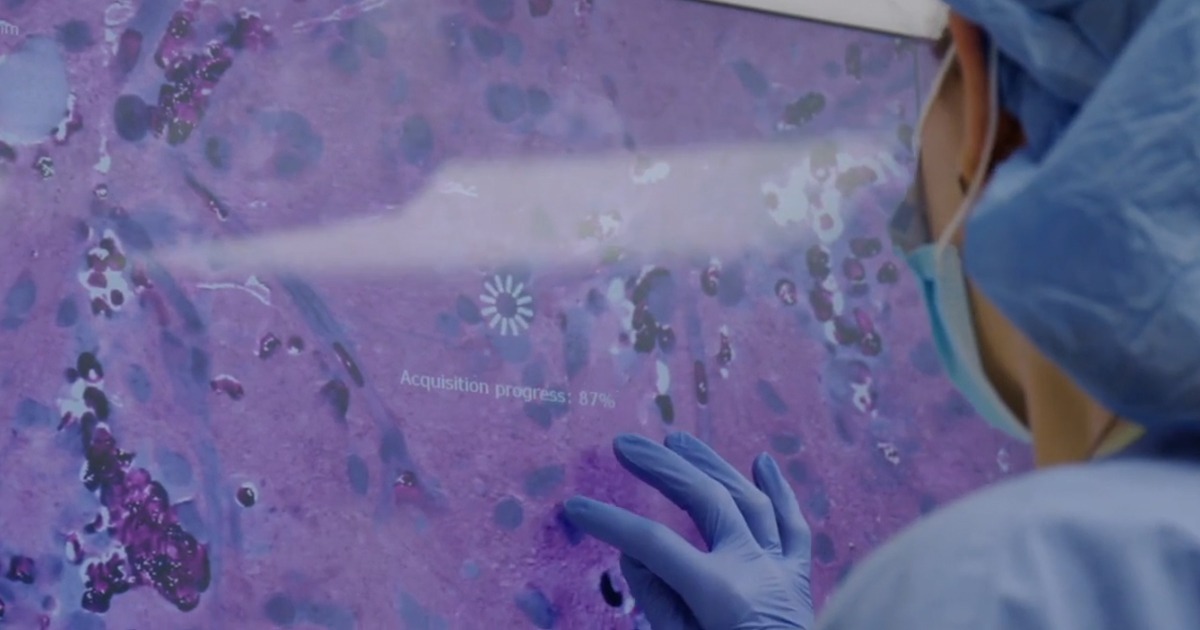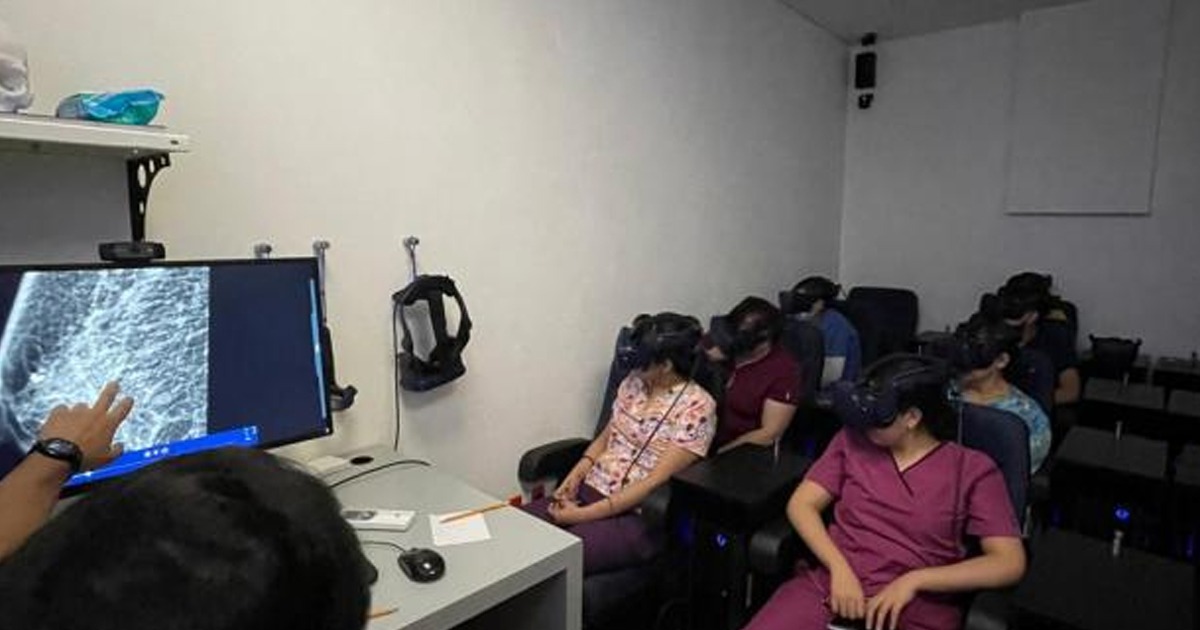The algorithm designed through Artificial Intelligence (AI), could help doctors quickly detect fractures in patients in medical emergencies or emergency rooms.
Researchers at the Boston University School of Medicine (BSUM) have developed an AI-based algorithm that could help specialists detect fractures on X-ray images more effectively.
Dr. Ali Guermazi, chief of radiology at Boston Health System and professor of Radiology and Medicine at BUSM, explained that the algorithm can quickly and automatically detect positive X-rays and identify and mark those images so radiologists can prioritize your reading.
“The system also highlights regions of interest with bounding boxes around areas where fractures are suspected. This can potentially contribute to reducing the waiting time at the time of the hospital or clinic visit before patients can obtain a positive fracture diagnosis,” explained Dr. Guermazi.
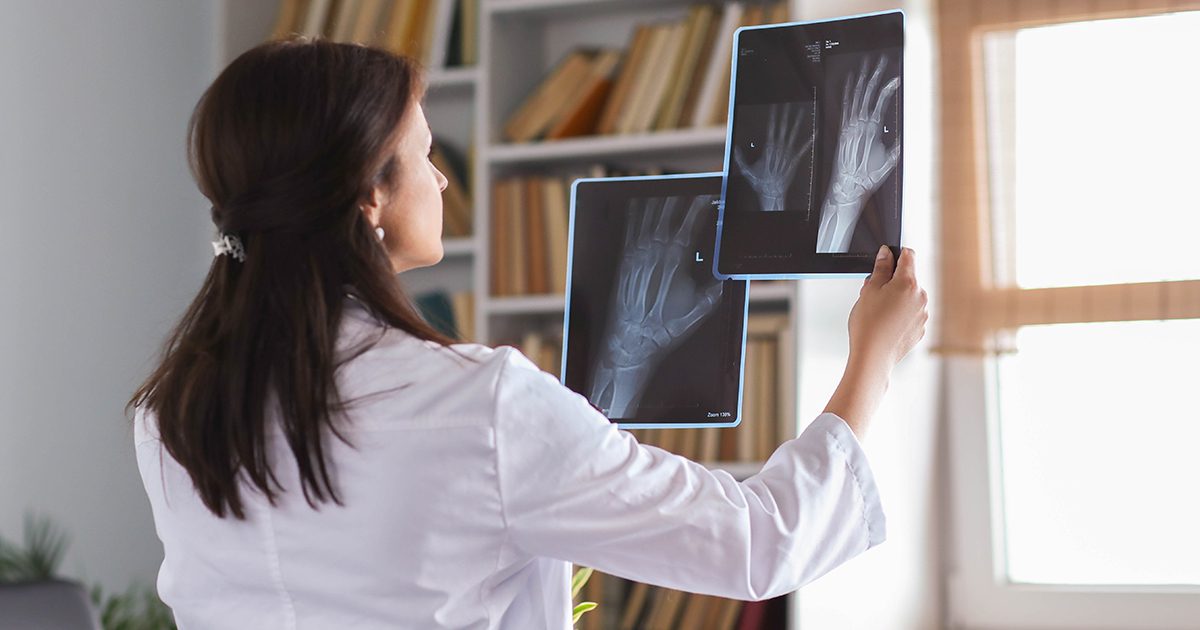
The application of AI would be very useful since fracture interpretation errors often occur, which affects a patient's diagnosis, especially in the emergency department. The fatigue of specialist doctors in the radiographic analysis of images, especially at night and early morning hours, may be a problem that would be solved thanks to the application of this innovation.
AI BoneView, the algorithm used, was trained with a large number of radiographs with multiple instructions, so that it could detect fractures in the extremities, pelvis, torso, lumbar spine and rib cage.
In this sense, the study carried out by the BUSM compared the fracture diagnosis results of a group of doctors without the help of AI with another group of doctors with the help of AI. Thus, the assistance of AI and algorithms helped reduce missed fractures by 29%, increased the sensitivity of readers by 16%, and also increased the sensitivity of studies with more than one fracture by 30%.
“Our study focused on fracture diagnosis, but a similar concept can be applied to other diseases and disorders. Our ongoing research interest is how best to use artificial intelligence to help human health care providers improve patient care, rather than have artificial intelligence replace human health care providers. . Our study showed one such example,” concluded Dr. Guermazi.
The findings were published in the scientific journal Radiology:

